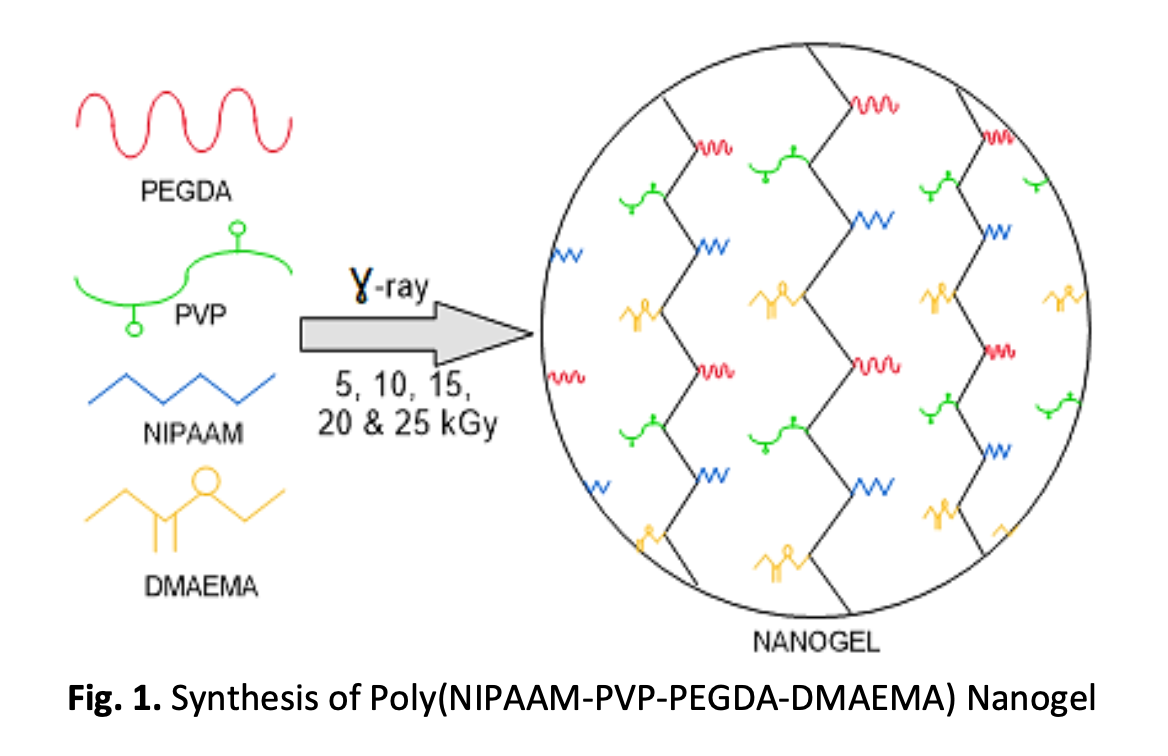Laser Intensity of Thermo-Responsive Nanoparticles Size Measurement Using Dynamic Light Scattering
DOI:
https://doi.org/10.37934/arfmts.100.2.138145Keywords:
Thermo-responsive polymer, lower critical solution temperature, dynamic light scattering, scattering intensityAbstract
Dynamic light scattering (DLS) or photon cross-correlation spectroscopy (PCCS) is a very potent means for analyzing the diffusion behaviour of supramolecules in their solution form. The diffusion coefficient, probed from the scattered light by supramolecules underexposure to incident light, allows the hydrodynamic radii to be calculated. However, the scattering values were recently misled by an unexpected interaction between the incident light and thermo-sensitive nanogels. Hence, in turn, it resulted in a miscalculation of the size of the nanogels by more than 100% of their expected values. The study fulfills a vital knowledge gap by investigating the effects of laser intensity on the size of thermo-sensitive Poly(N-Isopropyl Acrylamide-Vinyl Pyrrolidone-Polyethylene Glycol Diacrylate-(2-(Dimethyl Amino)Ethyl Methacrylate)), Poly(NIPAAM-PVP-PEGDA-DMAEMA) nanogels and subsequent count rates in DLS measurements. The Lower Critical Solution Temperature, LCST phase transition of Poly(NIPAAM-PVP-PEGDA-DMAEMA) nanogel can be observed using the DLS technique. The higher laser intensity was advantageous for measuring at high dilution more vigorously with varying laser intensities. Thus, a sufficient laser intensity should be chosen based on the light scattering characteristics of typical samples.
Downloads

































